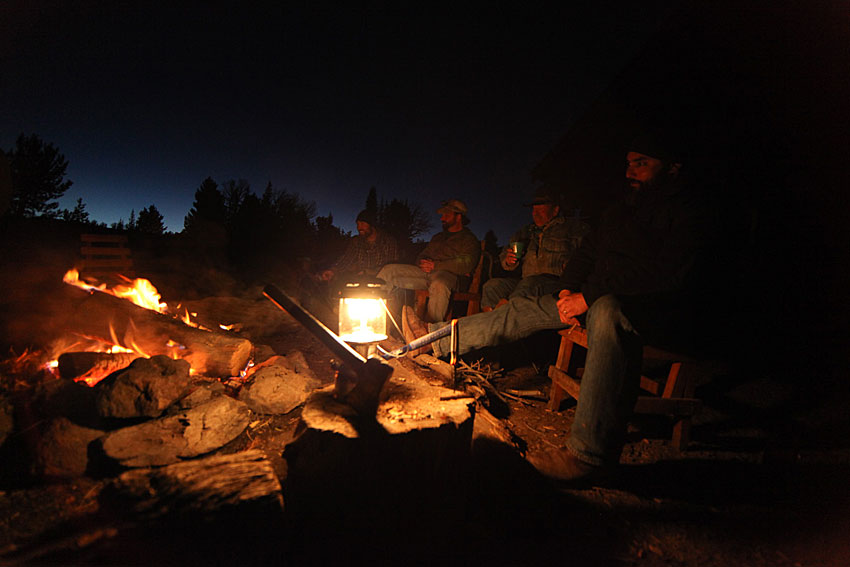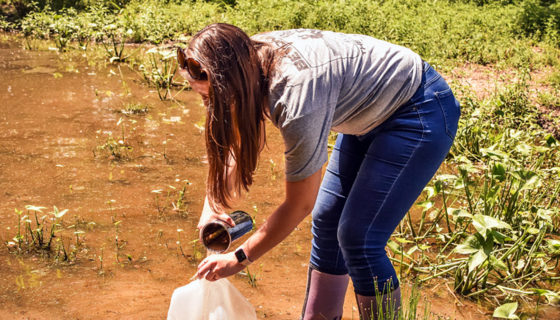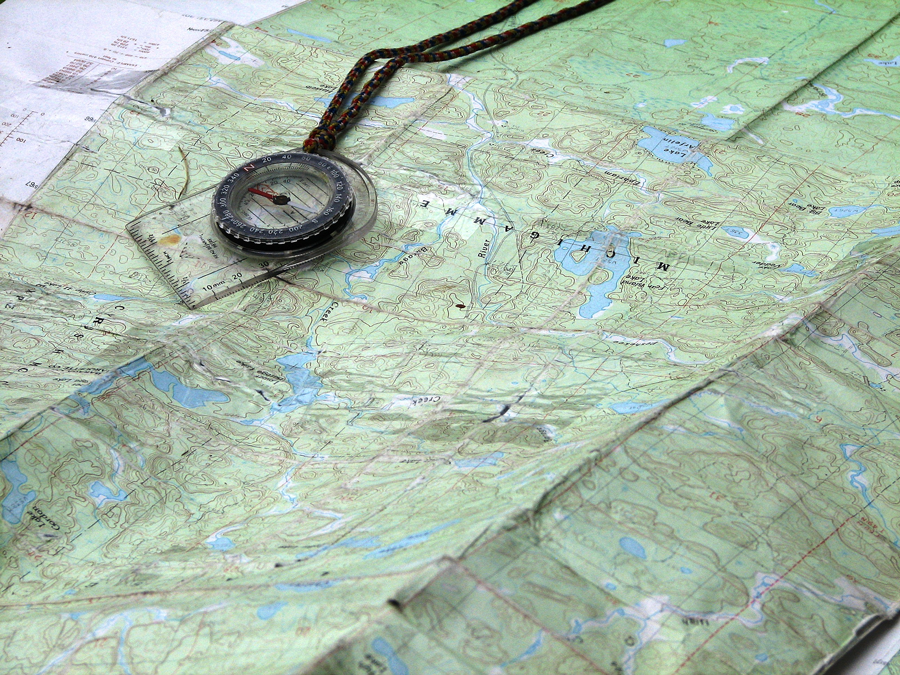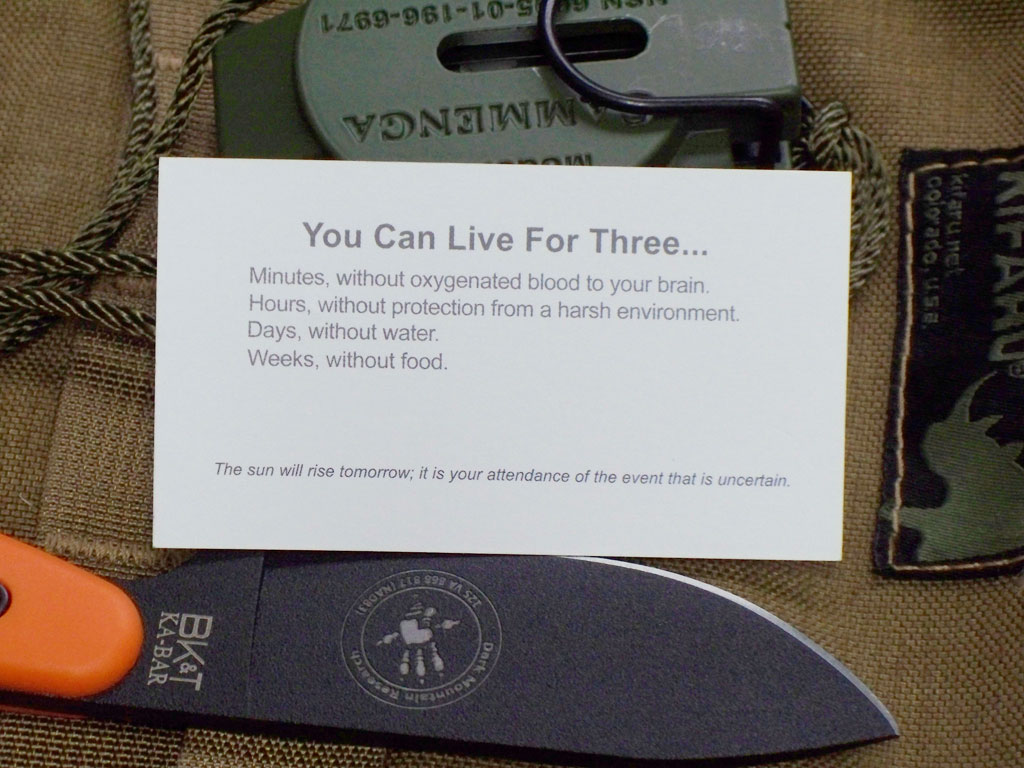Furry Friend Today: Food Tomorrow
Furry Friend Today: Food Tomorrow
As our population continues to increase and expand, small towns are now big, rural outskirts are becoming vibrant mini-metroplexes and quaint mountain towns are sprawling communities.
With this progression and expansion of where we are choosing to live, the fusing of nature and our homes are becoming an everyday occurrence. Let’s go for a drive and describe what we see.
Morning
As you cruise through your neighborhood, you will most likely spot a little bunny rabbit on your neighbors lawn in search of something to eat. How many bird feeders and birdbaths do you see with a Swallow or Robin sitting on the edge watching you drive by?
You may spot a grandpa sitting on the front porch with his granddaughter holding a few slices of white bread, rolling them into small doughy balls and tossing them to the squirrels that seem to get closer and closer to eating from her hand every day. As you pass the community pond, you notice that in the center is a fountain launching a perfect flower shaped cascade of water into the air. You also notice that many ducks and geese have made the small pond into their home.
Evening
If you were to wait until it cools down a little and drive by this pond again, you’d see the same older man with his granddaughter. They are now feeding bread to the ducks and geese, but he also has a fishing pole with a line in the water. Now you are home and you are ready to go inside when your neighbor, who is outside mowing his lawn, shuts off the engine and calls your name. You respond with a “hello” as you meet him halfway.
He proceeds to tell you about his morning walk with his dog. He saw a coyote and he offers up some neighborly advice. He tells you to be careful because he has heard of small dogs being taken from backyards by these coyotes.
You drift off into imagination land and snicker to yourself as you think of life without your wife’s yappy little ankle biter of a dog. Jokingly you tell your neighbor, “Maybe I will start letting my wife’s dog into the backyard more often.” You both laugh as you part ways.
Night
You are now sitting reading bedtime stories to your children as you hear a familiar series of events. First, you hear your trashcans crash to the ground followed by one of them rolling down the driveway.
All of this commotion has the neighbor’s dog across the street barking up a storm. You know from past experience that this barking will last for a while until the owner makes his way to his screen door. A “shut up!” rings across the lawn as your neighbor tries to quiet his dog.
You head outside and are cleaning up the scattered trash from the driveway and lawn because those annoying raccoons have gone after your leftovers again.
The Average Neighborhood
This is your average neighborhood. I live here and you live here. Your parents most likely live in a similar neighborhood that you visit every Sunday afternoon.
We are surrounded by Mother Nature’s little critters. The larger animals that hunt those critters and the waterfowl, like geese, that you curse every time you wash off the gifts they left in your driveway. Take a minute to reminisce on your childhood. You are peering from behind the rosebush as the unsuspecting squirrel scavenges the front yard for little morsels of food. You explode from behind the bush and are in hot pursuit of this squirrel.
Either you got dumber or the squirrel got smarter because it became harder and harder to get the jump on him. Now that you are older, you basically do the same thing; you are now constantly trying to rid your yard of these animals that cause you extra work.
You’ve now become the “home engineer” trying to figure out a way to keep the squirrel from eating all the birdseed and how to keep the geese from using your driveway as a porta-potty. You may have also avoided planting particular flowers and plants because you don’t want to deal with rabbits feeding on them.
It’s time to break these habits.
Stop for a second and think about how much wildlife lives around your home. This is an opportunity for you to provide yourself with a food source in the case of a “The End of the World as We Know It” type of event. Do practical things now that will help you if you are faced with the need to provide your family with food later (and there are no stores open).
Leverage Animal Instincts
Animals are creatures of habit. Time and time again they will return to the places where they know there is food and water. You see it a lot in the neighborhood pond. The geese and ducks use that pond as a place to stop on their way south. In fact, you’ve seen them year after year.
The squirrel knows you have a well-stocked bird feeder so he stops by once a day to fill up. You always notice the rabbits in the same yard because that home owner happened to plant flowers that they like to eat.
And of course you feel as if that pesky raccoon only enjoys going after your trashcans and leftovers but your neighbors feel the same way. The fact of the matter is not that you have one giant glutton of a raccoon that makes his rounds to every trashcan, it’s that you have more raccoons in your neighborhood than you would have thought. They don’t call them the “masked bandit” for nothing.
When Catastrophe Strikes
You’re hunkered down in your house for the long haul while a lot of your neighbors have vacated in the hopes to find help. You’ve done your best to prepare but are wondering how long you have to make your supplies last. Will it be a month? Will it be six months? Or will it be even longer? Should you start rationing the food to your family? What will you do if you run out of food or water before things turn around?
Now imagine being able to substitute and supplement your supply of food with fresh meat. If you were able to dry and preserve what you could harvest, your situation could improve greatly.
How do we accomplish this?
Here are some practical tips to start today that will help you tomorrow:
- Install bird feeders and birdbaths in your front and back yard. More importantly than installing them is keeping them well-stocked with food and water. Birds aren’t looking for a place to hang out, they are looking for a place to eat. If you provide a consistent supply, you will quickly see a regular group of birds starting to visit.
- Install platform feeders on your fences and on your trees. Top them off with some sort of birdseed or other feed and you will start to see regular squirrel visitors to your yards and trees. They will soon learn that they can always come there for food.
- Instead of throwing that half loaf of stale bread in the trash, take the time to sit on your porch and feed the geese. Or go to a nearby pond and feed the geese and ducks.
- When you make the trip to the pond, take extra bread and maybe some frozen corn. Pick a spot on the pond that will provide easy access to the waters edge and find a location that is somewhat shallow. At least once a week visit this same spot and put some bread pieces, corn, or some other type of food source into the water. The fish will quickly start to frequent this area of the pond. After a while, you should be able to walk to this area of the pond and see a few fish hanging out looking for a quick meal. How easy would it to be to just take a net and scoop up one of these fish?
- Buy a small pail or use an old coffee can and when you clean up after dinner and instead of throwing your scraps into your trashcan, put them into this can. When you set your trashcans out put this can near them. You will soon learn that your trashcans will not be knocked over as much. The raccoons will be happy to take the easy food source found in your small can of scraps rather than working to get into the trashcan. Doing this will bring raccoons and other scavenger visitors to your home on a regular basis.
- Take the time to ask your neighbors what plants they have that the rabbits keep eating. Now use that knowledge and do some gardening. Within a few months you will see rabbits at your home regularly for feeding.
Prepare now. Ready tomorrow.
This will take some time and effort on your part and possibly a small bump in your weekly grocery bill. You will also have to incorporate this into your existing plans to build up a stash of survival food and water. You need to have enough supplies of birdseed, squirrel food, food for the fish and scraps for the raccoons to keep them coming back.
This plan of action will do you no good if at the point you need to utilize it, you run out of the items that you used to keep the animals coming to your home. But in the long run it could be a life saver.
In the event of a major catastrophe, not only will resources for humans be depleted, but the resources that these animals rely on will become depleted as well. You can take advantage of this situation by creating a habitat in your own front and back yard where animals will know they can visit for food.
Now go back to that thought of actually being in this survival situation. You are able to turn your six month supply of food into a year supply of food because of your ability to supplement it with fresh items. Would you feel a little better about your situation if you were provided with this extra source of food?
Personally, I live in an urban environment and the plans that I have laid out are specifically geared towards those of us who do live in your average urban city neighborhood. Some special considerations to this plan of action will have to be considered if you live in more of a rural part of your state.
Those of you who live in bear country will know that you have to be very careful in the ways that you store food and garbage as to not attract bears to the outside or inside of your home. For those of you who live on a larger piece of land, you will have the ability to garden not only to grow things for your family, but you will be able to grow items specifically to attract animals to your area.
In the end, you know your surroundings better than I do so tailor your plans specifically to your own needs and locale.
If you are willing to add this to your routine of chores around the house, you can get the gratification of seeing a food source visit your home every day and the thought of having to survive becomes little less intimidating.
Editor-in-Chief’s Note: Tom works in the firearm industry and spends his downtime researching, learning and practicing self-reliance and survival skill-sets that will help his family in good times or bad.











Discussion